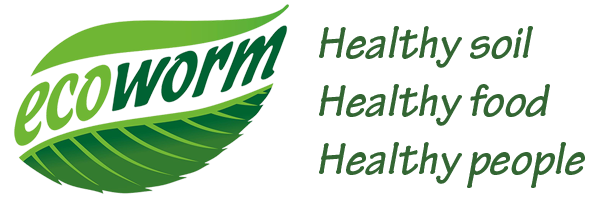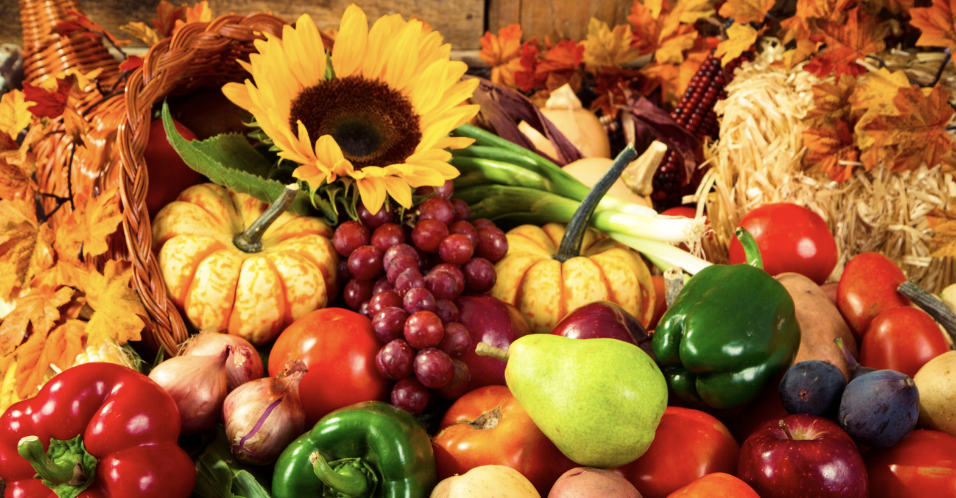As the crisp autumn air settles in and the days grow shorter, it’s time to reap the rewards of your fall vegetable garden. September is a crucial month for harvesting and storing fall vegetables to ensure they stay fresh and flavorful through the winter months. With the right techniques and a bit of care, you can extend the bounty of your garden and keep your harvest in prime condition. Here’s how to make the most of your fall vegetables with the help of Ecoworm products.
1. Timing Your Harvest
Harvesting at the right time is essential for the best flavor and quality. Here are some tips for various fall vegetables:
- Root Vegetables (Carrots, Beets, Radishes): These should be harvested before the ground freezes. Wait until they have reached their mature size, but avoid leaving them in the soil too long as they can become woody.
- Pumpkins and Squash: Harvest pumpkins and winter squash before the first frost. They should have a hard rind and deep, vibrant color. Use a sharp knife to cut the stem, leaving a few inches attached to prevent rot.
- Brussels Sprouts and Kale: For a sweeter flavor, wait until after the first frost. Harvest Brussels sprouts from the bottom up as they mature. Cut kale leaves regularly to encourage new growth.
- Cabbage and Cauliflower: Harvest when the heads are firm and fully formed. If the weather is warm, harvest early to avoid bolting.
2. Proper Harvesting Techniques
To maintain the quality of your vegetables, follow these harvesting tips:
- Use Clean Tools: Ensure all your tools are clean and sharp to avoid damaging the vegetables.
- Handle Gently: Avoid bruising or damaging vegetables during harvest, as this can lead to quicker spoilage.
- Cool Quickly: After harvesting, cool vegetables as quickly as possible to prevent spoilage. This can be done by spreading them out in a cool, dry place.
3. Storing Your Harvest
Proper storage extends the shelf life of your vegetables and keeps them fresh:
- Root Vegetables: Store in a cool, dark, and humid environment. Use bins or crates with ventilation and cover with straw or shredded newspaper to retain moisture.
- Pumpkins and Squash: Store in a cool, dry place with good air circulation. Avoid stacking to prevent bruising and rot.
- Leafy Greens: Store in the refrigerator crisper drawer in perforated plastic bags to maintain humidity.
- Brassicas (Brussels Sprouts, Cabbage): Keep in a cool, humid place. For cabbage, consider wrapping the heads in plastic to retain moisture.
4. Enhancing Soil Health for Future Harvests
As you prepare for the next planting season, consider using Ecoworm Soil Extract to improve soil health:
- Nutrient-Rich: Ecoworm Soil Extract is packed with essential nutrients that enhance soil fertility, promoting robust growth for future crops.
- Improves Soil Structure: This organic solution helps improve soil texture and water retention, ensuring a healthy environment for your plants.
- Boosts Microbial Activity: By enriching the soil with beneficial microorganisms, Ecoworm Soil Extract supports a balanced ecosystem that benefits plant health.
5. Applying Ecoworm Soil Extract
For optimal results, apply Ecoworm Soil Extract as follows:
- Before Planting: Incorporate the soil extract into the soil several weeks before planting to ensure it is well-mixed and ready to support new growth.
- Post-Harvest: After harvesting, apply the extract to replenish soil nutrients and prepare the garden bed for the next planting season.
Conclusion
Harvesting and storing your fall vegetables with care ensures you enjoy the fruits of your labor well into the winter months. By following these tips and using Ecoworm Soil Extract, you can maintain high soil health, paving the way for even more successful gardening seasons ahead. Happy harvesting!


Comments are closed